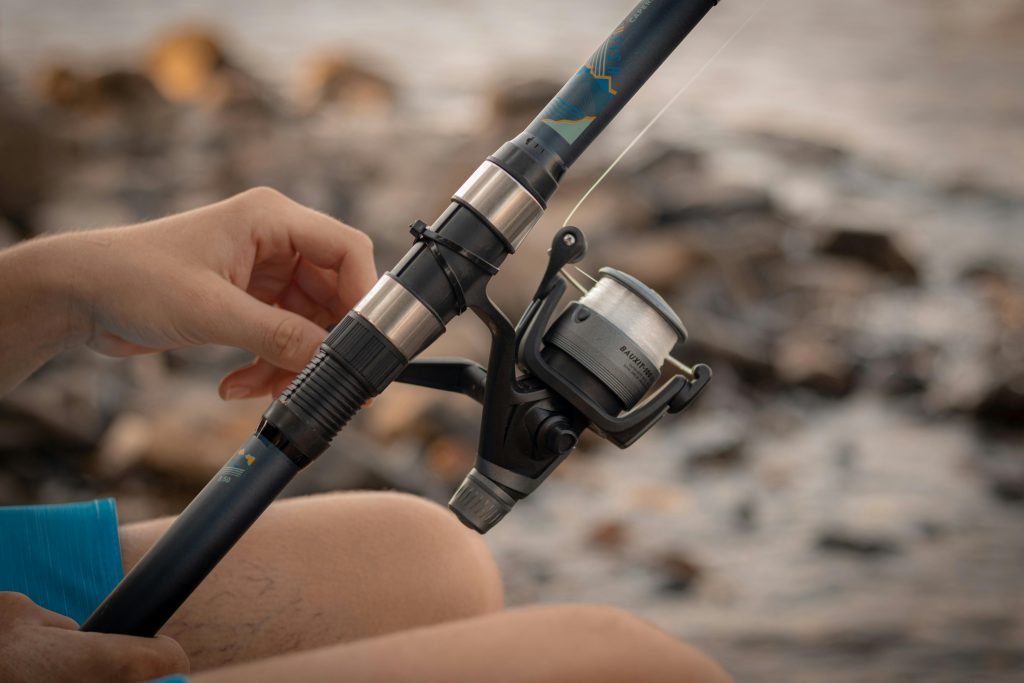
Are you new to fishing and feeling overwhelmed by the variety of fishing lines available? Or are you an experienced angler looking to upgrade your fishing gear?
Whatever your level of expertise, the line you choose can have an impact on the number of fish you catch.
What I mean by this is that fish can sometimes be wary, so they won’t bite if they see a long strand of neon green line hanging from your lure. Also, the pound test, diameter, and maybe color can matter. We’ll take a look at each of them in the following sections.
In this ultimate guide for fishing lines, I’ll cover everything you need to know on how choose the right fishing line for your needs.
Fishing lines come in several types, each with unique properties that make them suitable for different conditions and species. The three main types of fishing lines are monofilament, fluorocarbon, and braided lines.
Each type has its own advantages and disadvantages, and choosing the right one depends on several things, such as the type of fish you’re targeting, the fishing technique you’re using, and the fishing environment.
In this guide, I’ll break down the characteristics of each type of fishing line and help you make an informed decision. So, let’s dive in!
Key Features of Fishing Lines
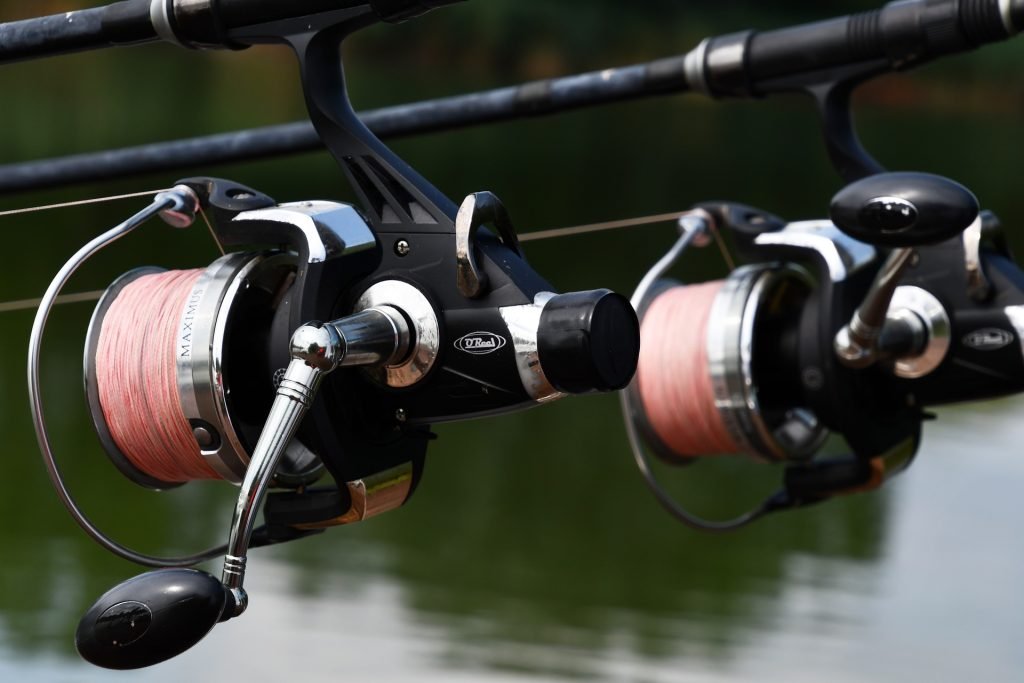
Here are the three key features you need to consider, plus some insight on colors.
Strength and Durability
The strength and durability of a fishing line are essential when it comes to catching fish. The last thing you want is for your line to snap when you have a big fish on the hook.
The strength of a line is measured in pounds (lbs), and the higher the number, the stronger the line.
However, a stronger line may not always be the best choice. You also need to consider the durability of the line, as some lines are more resistant to wear and tear than others.
Visibility and Stealth
The visibility and stealth of a fishing line are also important factors to consider. If the fish can see your line, they are less likely to bite. Therefore, you want a line that is as invisible as possible. Fluorocarbon lines are known for their invisibility and are a popular choice among anglers. However, if you are fishing in murky water, a more visible line can work too.
Diameter and Sensitivity
The diameter and sensitivity of a fishing line are also important factors to consider. The diameter of a line is measured in inches, and the thinner the line, the more sensitive it is. A thin line will allow you to feel even the slightest nibble on your bait.
However, a thin line may not always be the best choice, as it may not be strong enough to handle larger fish. Therefore, you need to find a balance between diameter and strength.
Color
If you’re tying lures directly to your mainline, the color can matter. Get as subtle of a color as you can. However, if you’re using bright lines, a clear leader is a must. Clear and green lines have always remained my favorite.
Monofilament
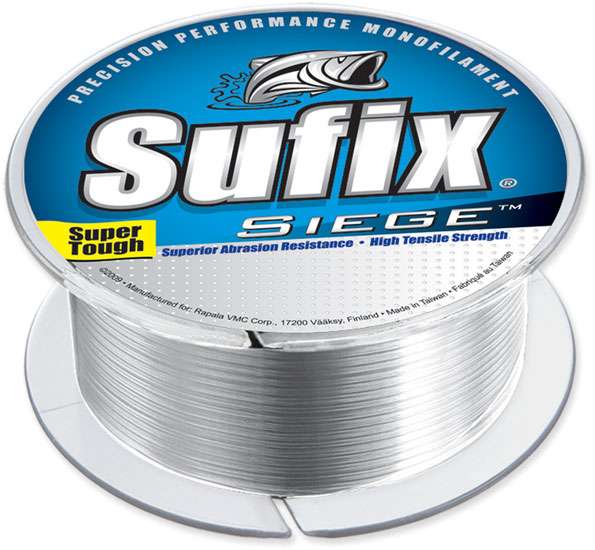
Monofilament fishing line is a type of fishing line that is made from a single strand of nylon. It is a popular choice among anglers because it is versatile, affordable, and easy to use. In this section, I will discuss the pros and cons of using monofilament fishing line.
Pros
- Versatility: Monofilament is perhaps the most widely used line out there, for its ability to perform in almost every scenario. It may not excel every time, but you can certainly catch fish anywhere with it. Also, the stretch adds to versatility and makes it more forgiving, but I’ll show you why this can be a disadvantage later.
- Abrasion Resistance: While this is a debated theme, monofilament does have some resistance to wear and tear. The debate stands between mono and fluorocarbon. To tell you straight, I’m a fluorocarbon guy.
- Affordability: Compared to braid and fluorocarbon, monofilament stands out as a good budget option. Just to give you some insight, you can fill up a spinning reel with 330 yards of Stren Original line for about $7.
Cons
- Stretch: Above I was talking about why monos stretch can sometimes be a good asset. But for maximum sensitivity, monofilament falls behind its competitors. The rod you’re using can affect sensitivity too (and the whole setup really), but without a sensitive line you won’t be able to feel light nibbles and small bumps for marking terrain. Hook setting is also delayed by a little.
- Diameter: Compared to braid and fluorocarbon, monofilament has a lower strength to diameter ratio. This means that for the same diameter, a braided line will be significantly stronger than monofilament. It matters when you prioritize finesse and low visibility.
- Memory: If you’ve ever wanted to tie a more complicated knot without holding tension in your monofilament, you know what I mean. Memory is when the line takes the shape of the spool it’s been on over time. It can affect knot tying, casting, and cause tangles. If managed properly, it won’t be too big of a problem.
Note: If you’re worried about memory that much, I recommend using line conditioner. Apply it to your line while spooling and it will reduce memory and expand the line’s lifespan. I recommend the KVD Line and Lure Conditioner.
Fluorocarbon
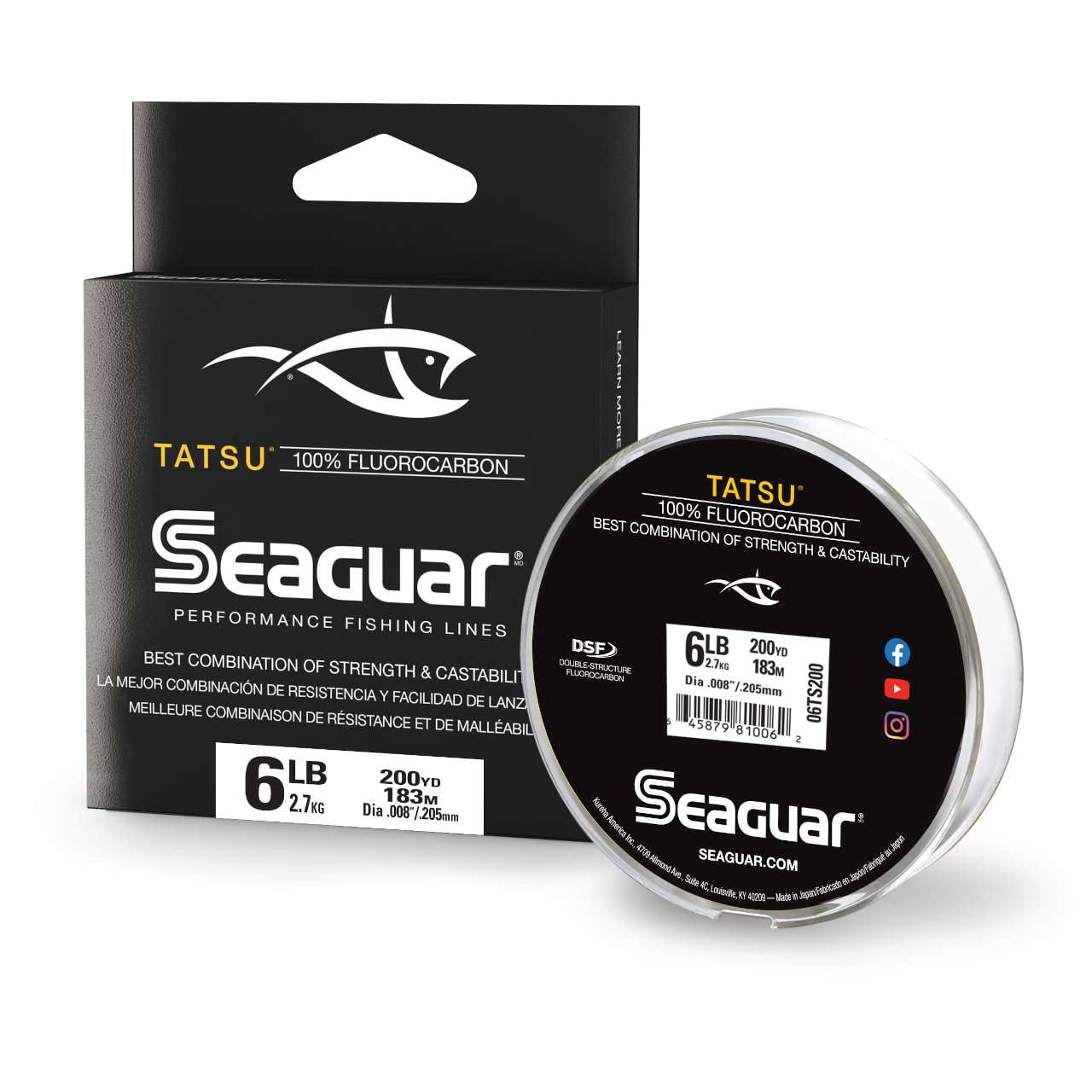
Fluorocarbon is a type of fishing line that is widely used among many anglers. It is made up of fluorine, chlorine, and carbon, and is nearly translucent in the water. Fluorocarbon lines have a quick sink rate, making them ideal for fishing in deep waters.
Pros
- Low Vis: The main selling point of fluorocarbon line is the invisibility. It’s best suited for clear water and wary fish. While they won’t see it most of the time, in certain conditions it is visible. You can observe this in this awesome image captured by the anglers at OutdoorLife.
- Abrasion Resistance: Fluorocarbon fishing line’s abrasion resistance is primarily due to its composition of polyvinylidene fluoride (PVDF). This dense structure allows fluorocarbon to withstand rough conditions, such as contact with rocks, wood, and other underwater structures, without getting damaged easily.
- Sensitivity: The minimal stretch of fluorocarbon fishing line makes it one of the best lines for maximizing sensitivity when fishing for hesitant fish and feeling your crankbaits bump on structure. Combined with the low visibility, it stands out as the top choice for fine leaders.
- Fast Sinking: When you want your bait/lure to get down on the bottom as fast as possible, fluorocarbon is definitely a good choice. It makes a significant difference when deep sea fishing. This also means that it may not be the best for topwater lures.
Cons
- Cost: In comparison with monofilament, fluorocarbon has a significant spike in price. It’s justified by the more complex construction and qualities. To give you a real world example, let’s look at Berkley. The Trilene XL mono costs around $7-$10 for a 330-yard spool, while the Professional Grade Fluoro costs around $20-$25 for a 200-yard spool. Quite a difference, isn’t it?
- Memory: If you think monofilament holds memory, wait until you see fluorocarbon. If you’re not used to it, casting a spinning reel with fluorocarbon can be a nightmare. All the disadvantages listed at monofilament apply to this type of line. If you have a spool loaded with fluorocarbon, then line conditioner is a must.
- Stiffness: Another disadvantage of fluorocarbon is its tendency to be stiffer than other types of fishing line. This can make it more difficult to tie knots, and can also affect the way your bait/lure moves in the water. However, it adds to the sinking properties.
Braided Lines

Braided fishing lines are made by weaving together several strands of synthetic fibers such as Spectra, Dyneema, or micro-dyneema. They are known for their strength, sensitivity, and lack of stretch. Here are some pros and cons of using braided lines for fishing:
Pros
- Strength: Braided lines are much stronger than monofilament or fluorocarbon lines of the same diameter. This means you can use a thinner line and still have the same strength, which is particularly useful when fishing in deep waters.
- Sensitivity: Braided lines are highly sensitive and can transmit even the slightest nibble or bump to the you. This makes them ideal for fishing in murky waters or when targeting bottom-dwelling fish.
- No Stretch: Braided lines have little to no stretch, which means you can set the hook quickly and more effectively. This is particularly useful when fishing for species with tough mouths like bass or pike.
- Durability: Braided lines are very durable and can withstand abrasion from rocks, logs, or other underwater obstacles.
Cons
- Visibility: Braided lines are highly visible underwater, which can spook fish and reduce your chances of getting a bite. To counter this, you can use a clear fluorocarbon or monofilament leader. Be careful at the leader knot. It slipping is the last thing you want.
- Knots: Braided lines can be difficult to tie knots with, especially for beginners. You need to use specific knots that are designed for braided lines, such as the Palomar knot or the Uni knot.
- Cost: Braided lines are generally more expensive than monofilament. However, their durability and strength make them a worthwhile investment for serious anglers.
Overall, braided lines are a great choice if you value strength, sensitivity, and durability. They have their drawbacks, but with the right technique and equipment, you can make the most of their benefits and catch more fish.
If Monofilament and Fluoro Had a Child
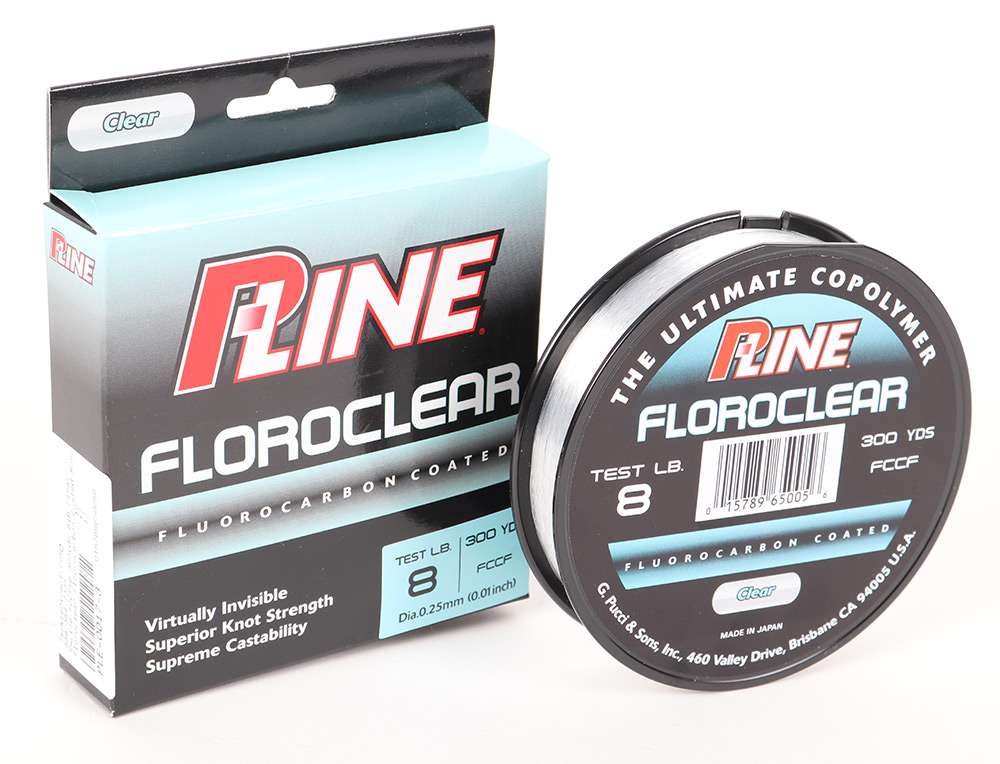
It seems like they did, and it’s called copolymer fishing line.
If you’re looking for a fishing line that offers superior strength, durability, and sensitivity, then copolymer fishing line may be the perfect choice for you. Copolymer fishing line is made by melting together two or more different types of nylon to create a strong and abrasion-resistant line that can be used in both freshwater and saltwater fishing.
One of the most significant advantages of copolymer fishing line is its strength. Copolymer lines are known to be stronger than monofilament lines, making them ideal for catching larger fish. Additionally, copolymer lines offer improved sensitivity, allowing you to feel even the slightest nibble on your bait.
Another benefit of copolymer fishing line is its durability. They are less likely to break or snap during a fight with a big fish, making them a reliable choice. Copolymer lines are also abrasion-resistant, meaning they can withstand contact with rocks, logs, and other underwater obstacles without getting damaged.
When compared to other types of fishing line, copolymer lines offer a unique combination of features that make them ideal for various fishing situations. Copolymer lines take the best properties of monofilament and fluorocarbon lines and combine them into a high-performance nylon fishing line.
Freshwater vs. Saltwater Fishing Line
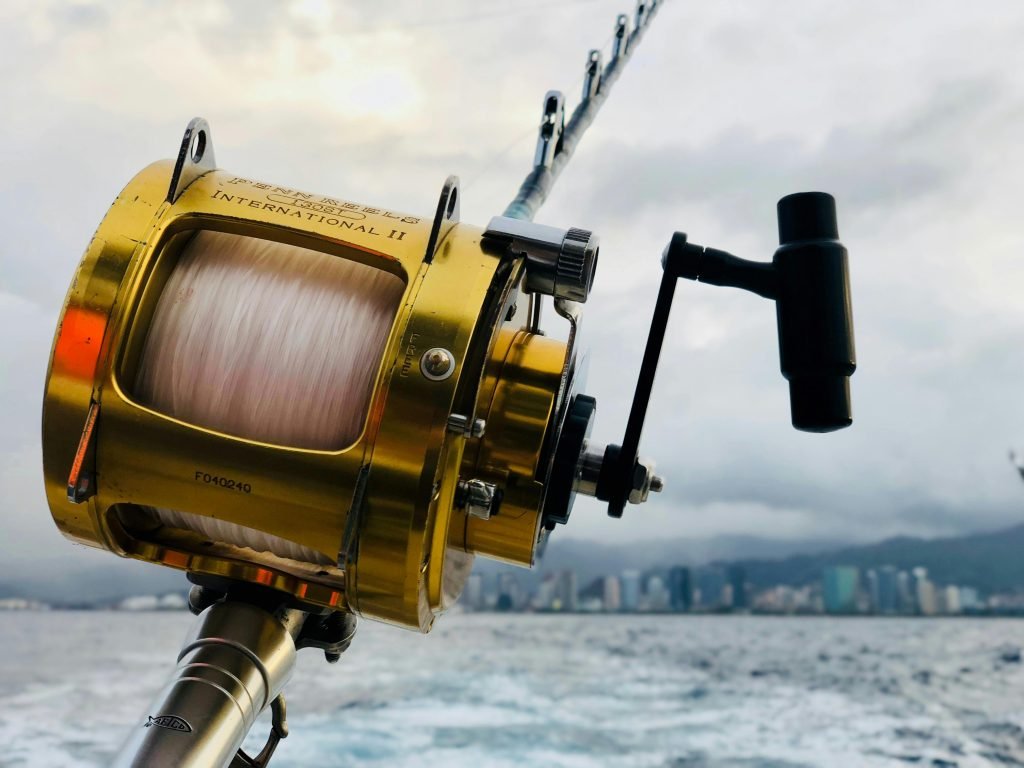
Freshwater Fishing Line
In freshwater fishing, the conditions are generally less harsh compared to saltwater. As a result, you can use monofilament lines, which are affordable, flexible, and easy to handle. Monofilament lines are suitable for catching smaller to medium-sized fish commonly found in lakes and rivers. They offer good knot strength and stretch, making them forgiving for beginners and versatile for various fishing techniques.
Saltwater Fishing Line
Saltwater fishing, on the other hand, presents more challenging conditions. The corrosive nature of saltwater and the presence of larger, stronger fish require tougher, more resilient lines. Fluorocarbon and braided lines are popular choices for saltwater fishing. Fluorocarbon lines are known for their superior abrasion resistance and low visibility underwater, making them ideal for clear water conditions. Braided lines, with their high strength-to-diameter ratio, allow you to handle the powerful runs of saltwater species without compromising line capacity on the reel.
Key Differences
- Material and Durability: Freshwater lines, often made from nylon monofilament, are designed for flexibility and ease of use. Saltwater lines, such as fluorocarbon and braid, are built to withstand the abrasive and corrosive nature of the ocean environment. Monofilament can be used in saltwater too, but it may not be the best option every time.
- Strength and Diameter: Saltwater lines generally have a higher strength-to-diameter ratio. For example, fluorocarbon lines are thinner yet stronger than monofilament lines, providing better performance in demanding conditions.
- Visibility: Fluorocarbon lines are less visible underwater compared to monofilament, which can be an advantage in both freshwater and saltwater fishing, but is particularly beneficial in the clear sea/ocean.
Making the Purchase
When it comes to buying fishing lines, there are several things you need to consider to ensure you get the right one. In this section, I’ll give you some shopping tips and top options for each type of line to help you make an informed purchase.
Shopping Tips
Know your fishing needs: Before you make a purchase, you need to know what you’ll be using the line for. Different types of lines are suitable for different fishing environments and species. For instance, if you’re going for larger fish, you’ll need a stronger line that can handle the weight and fight of the fish.
Consider the line type: As we discussed earlier, there are different types of fishing lines, including monofilament, fluorocarbon, and braided lines. Each type has its own strengths and weaknesses, so you need to choose one that suits your fishing needs.
Check the line weight: The weight of the line is an important factor to consider when making a purchase. A heavier line can handle larger fish and stronger currents, but it may also be more visible in the water.
Look for quality: When it comes to fishing lines, you get what you pay for. Don’t skimp on quality to save a few bucks. Look for reputable brands and high-quality materials that can withstand the rigors of fishing.
Top Options for Each Type of Line
Monofilament: If you’re looking for an all-purpose fishing line, monofilament is a great option. It’s affordable, easy to handle, and offers good knot strength. Some top options include Berkley Trilene XL, Stren Original, and P-Line CXX.
Fluorocarbon: Fluorocarbon lines are virtually invisible in the water, making them ideal for clear water fishing. They also have low stretch, which means you can feel even the slightest bite. Some top options include Seaguar InvizX, Sunline Super FC Sniper, and Berkley Vanish.
Braided: Braided lines are incredibly strong and have zero stretch, making them ideal for heavy cover and structure fishing. They also have a small diameter, which means you can fit more line on your reel. Some top options include PowerPro Super Slick, SpiderWire Stealth, and Sufix 832.
Remember, the best fishing line for you will depend on your individual needs and preferences. Use these tips and options as a starting point to help you make an informed purchase.
Frequently Asked Questions
What’s the best knot for attaching a lure to my fishing line?
There are several knots you can use to attach a lure to your fishing line, but the best one is the Palomar knot. It’s easy to tie and has a high knot strength, which means it won’t slip or break when you’re reeling in a big catch. To tie the Palomar knot, double your line, pass the loop through the eye of the lure, tie an overhand knot with the loop, and then pass the lure through the loop before tightening the knot.
Can you recommend a good all-purpose fishing line for various conditions?
Yes, fluorocarbon fishing line is a good all-purpose line for various conditions. It’s invisible underwater, so fish won’t see it, and it has a high abrasion resistance, which means it won’t break easily when rubbing against rocks or other obstacles. Fluorocarbon line also sinks faster than other lines, which can help you get your lure to the right depth quickly.
What type of fishing line do professional anglers prefer?
Professional anglers prefer braided fishing line because of its high strength and sensitivity. It’s also thinner than other lines of the same strength, which means you can fit more line on your reel. Braided line is also more durable than other lines and can handle rough conditions, making it a favorite among professional anglers.
How do I properly tie two pieces of fishing line together?
The best knot for tying two pieces of fishing line together is the double uni knot. It’s easy to tie and has a high knot strength, which means it won’t slip or break when you’re reeling in a big catch. To tie the double uni knot, overlap the two lines, tie a simple knot with one line, then tie another knot with the other line, and then pull them tight together.
What size braid should I use for a 4000 series reel?
The size of braid you should use for a 4000 series reel depends on the type of fish you’re targeting. For smaller fish, you can use a 10-15lb braid, but for larger fish, you should use a 20-30lb braid. It’s always best to check the manufacturer’s recommendations for your specific reel to ensure you’re using the right size braid.
Where can I find a handy fishing knots chart?
You can find a handy fishing knots chart online or at your local fishing supply store. A fishing knots chart will show you how to tie different knots for various fishing situations, such as attaching a lure to your line or tying two pieces of line together. It’s always a good idea to keep a fishing knots chart with you when you’re out on the water so you can refer to it if you forget how to tie a specific knot.


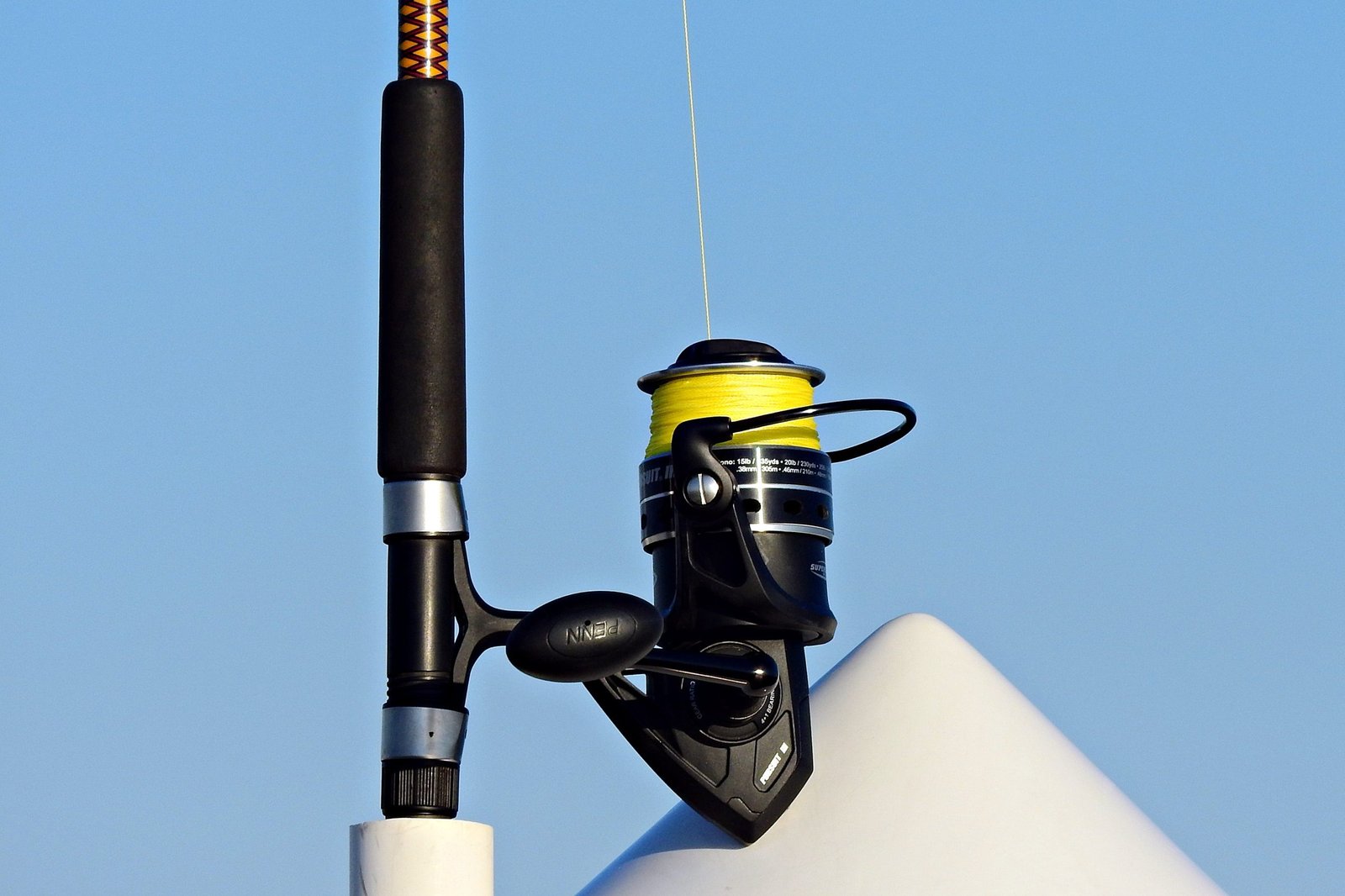


Pingback: Best Fishing Rods for Beginners: Top Picks to Get You Started – DailyFishers